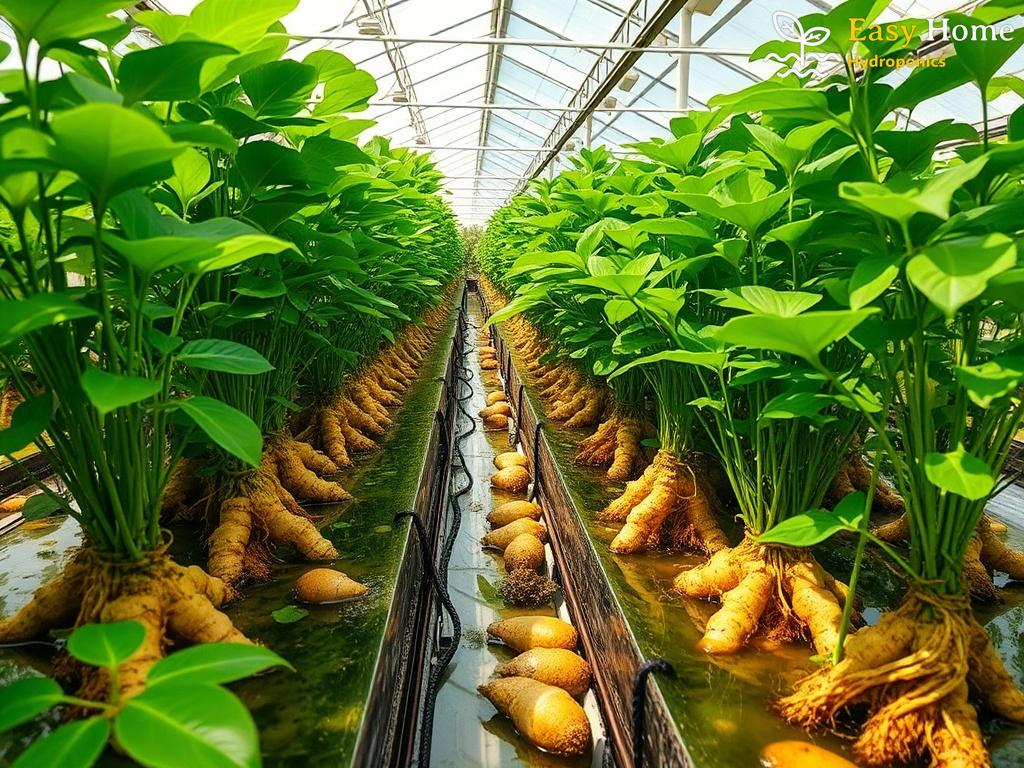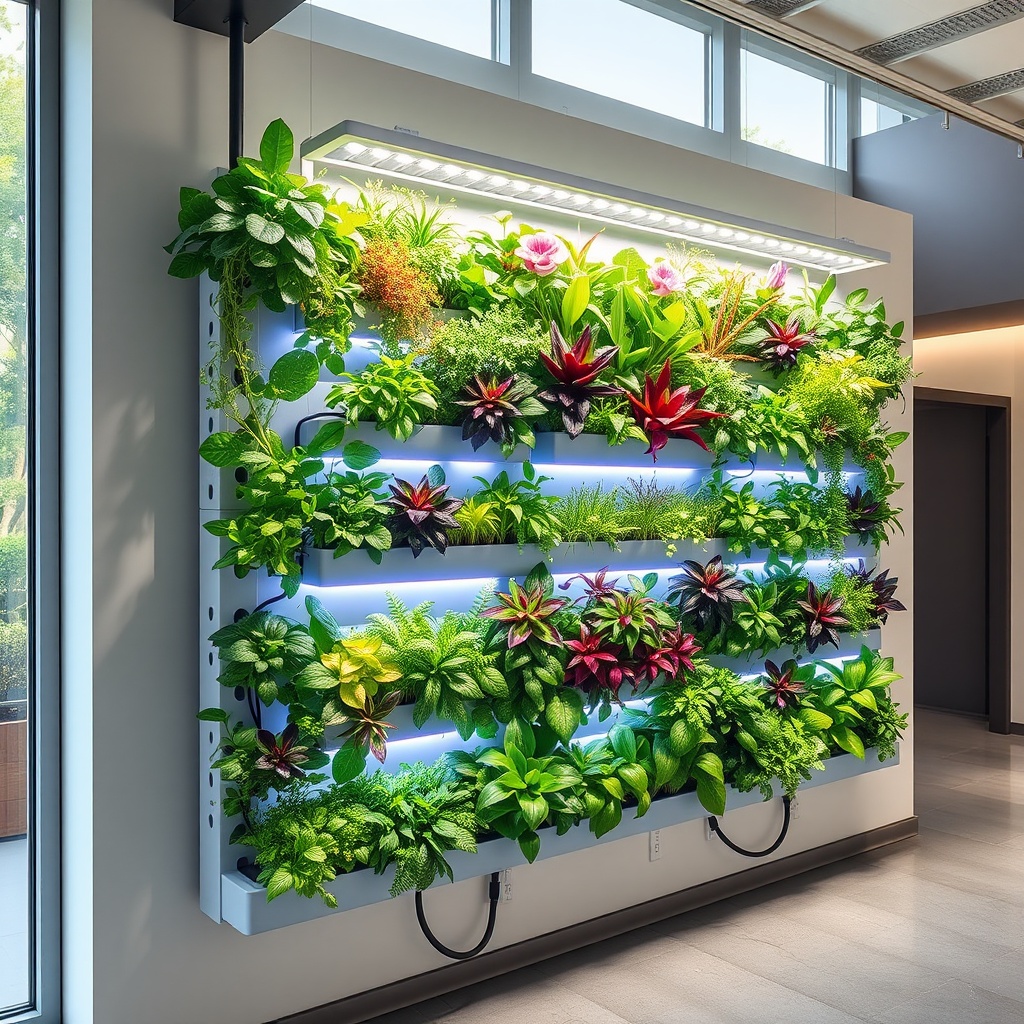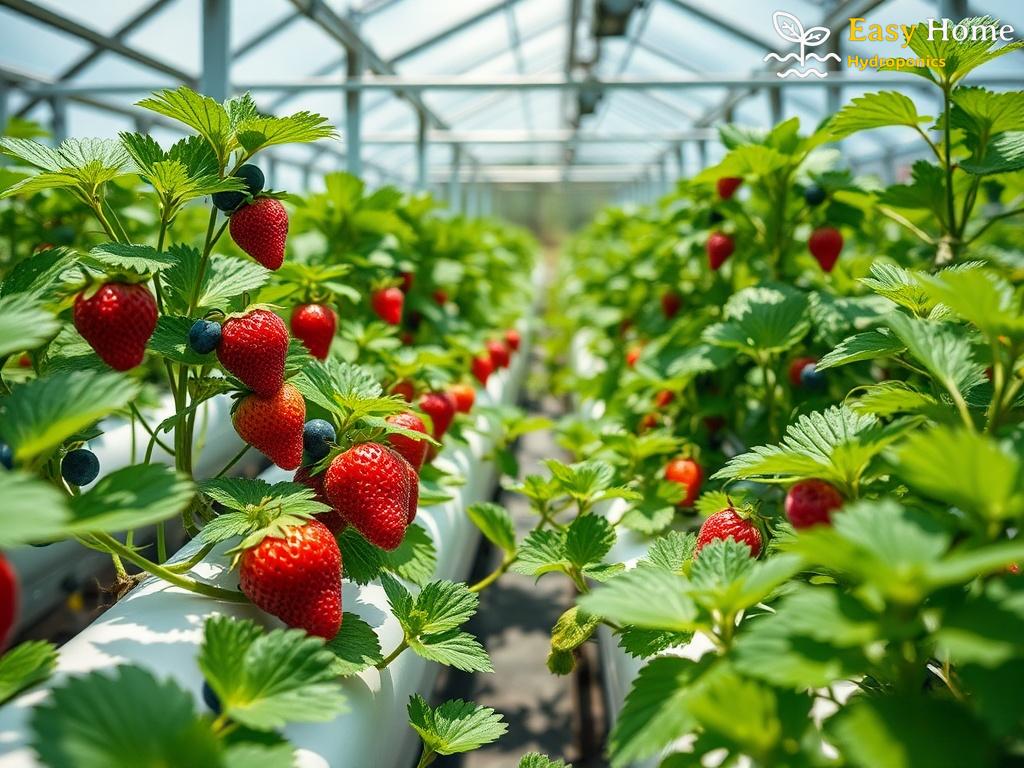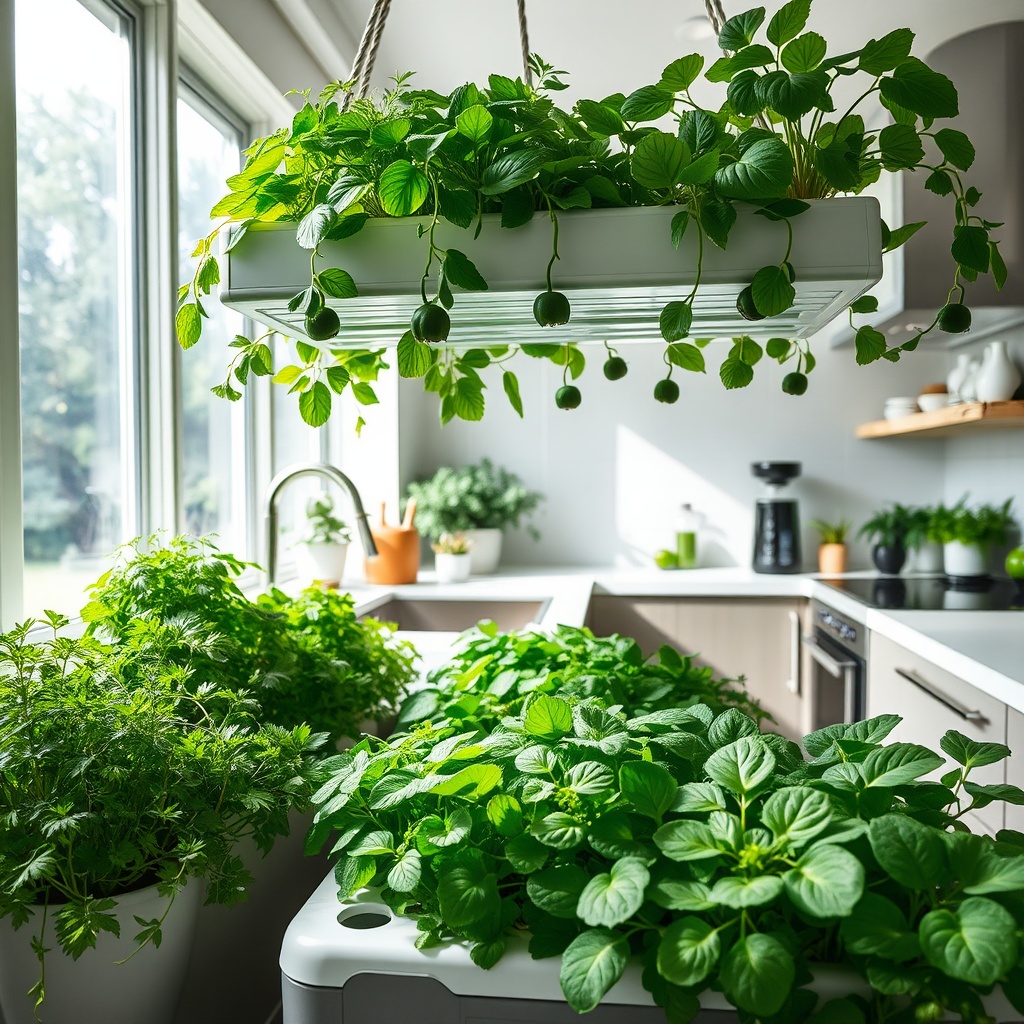Soil-Free Success: The Hydroponic Advantage
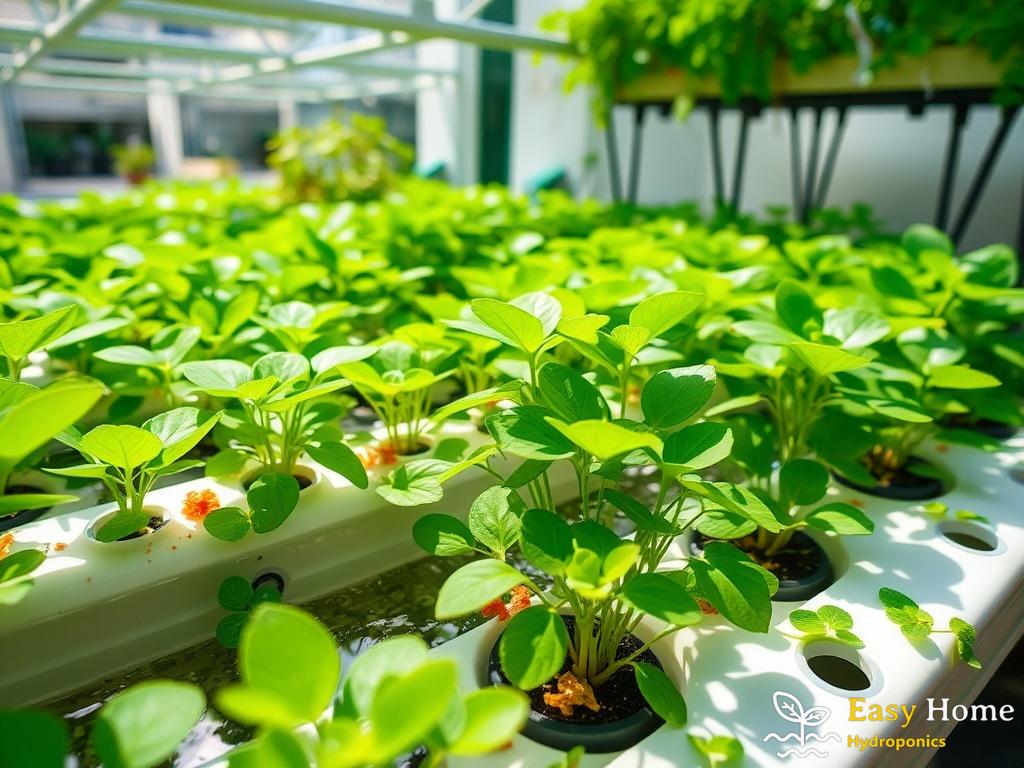
In the world of agriculture, hydroponics is emerging as a game changer, particularly for crops like ginger and turmeric that thrive beneath the soil. By leveraging the power of water-based nutrient solutions, hydroponic systems allow growers to cultivate these aromatic rhizomes in a soil-free environment, leading to enhanced growth and productivity. This innovative approach not only maximizes space but also minimizes the challenges posed by soil-borne pests and diseases.
One of the most compelling reasons to adopt hydroponic methods for growing ginger and turmeric is the control it offers over growing conditions. By meticulously managing variables such as nutrient levels, pH, and water availability, growers can create an optimal environment that encourages vigorous rhizome development. Below is a comprehensive comparison of hydroponic versus traditional soil-based cultivation:
- Growth Rate: Hydroponically grown ginger and turmeric often exhibit faster growth rates due to direct access to nutrients.
- Pest Management: Reduced soil pests and diseases mean less reliance on pesticides, promoting healthier crops.
- Water Efficiency: Hydroponic systems use up to 90% less water than conventional farming, a crucial advantage in arid regions.
- Space Utilization: Vertical farming techniques allow for more efficient use of space, making it ideal for urban agriculture.
To maximize rhizome production in hydroponic setups, it’s essential to understand the various methods available. The Nutrient Film Technique (NFT), Deep Water Culture (DWC), and Ebb and Flow systems are popular choices, each with its unique advantages. The table below summarizes key features of these hydroponic methods:
| Method | Key Features | Ideal For |
|---|---|---|
| Nutrient Film Technique (NFT) | Continuous flow of nutrient solution, minimal water usage | Ginger and turmeric with strong root systems |
| Deep Water Culture (DWC) | Roots suspended in oxygen-rich nutrient solution | Fast-growing varieties |
| Ebb and Flow | Flooding and draining cycles to provide nutrients | Adaptable for various crops |
Choosing the right hydroponic system is crucial for achieving optimal yields of ginger and turmeric. By embracing the hydroponic advantage, growers can ensure a bountiful harvest while contributing to sustainable agriculture practices.
Nutrient Nirvana: Feeding Your Ginger and Turmeric
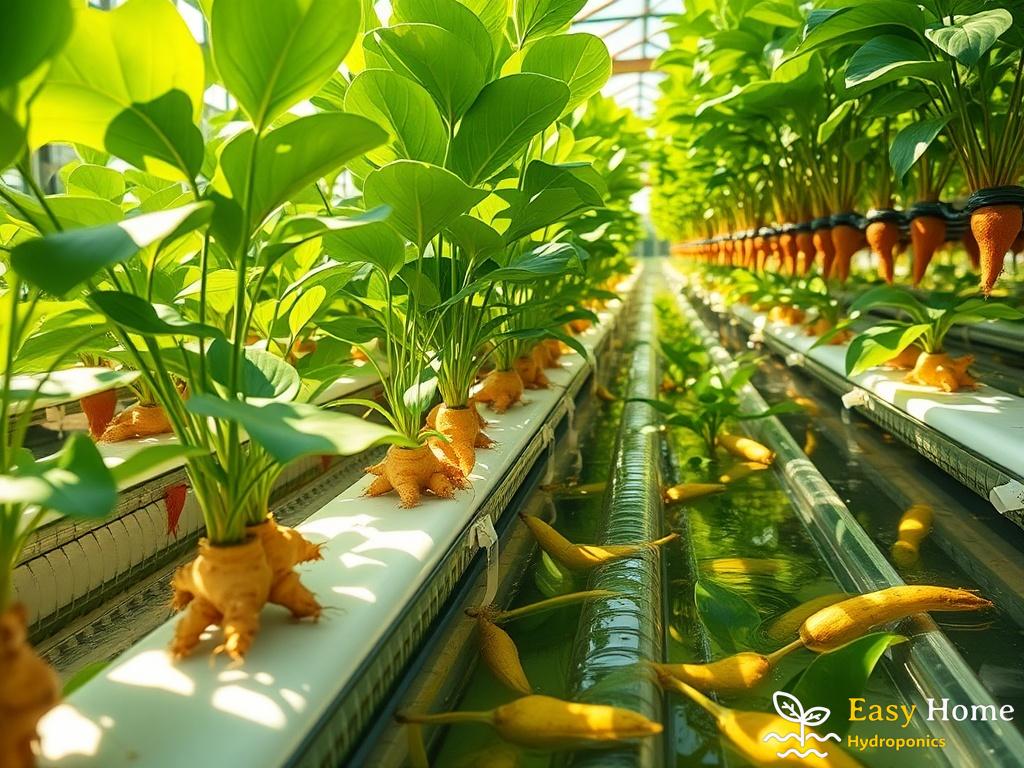
To harness the full potential of hydroponic ginger and turmeric, understanding the intricacies of nutrient solutions is paramount. These aromatic rhizomes have specific nutritional needs that differ significantly from traditional soil-grown crops. By tailoring the nutrient profile, growers can ensure robust rhizome development and enhanced flavor profiles. A well-balanced nutrient solution should incorporate essential macro and micronutrients, promoting healthy growth and maximizing yield.
In hydroponic systems, the right mix of nutrients plays a crucial role in the health and productivity of ginger and turmeric plants. Key elements include:
- Nitrogen (N): Vital for vegetative growth and leaf development.
- Phosphorus (P): Crucial for root establishment and energy transfer.
- Potassium (K): Enhances disease resistance and improves rhizome quality.
- Calcium (Ca): Important for cell wall structure and overall plant strength.
- Magnesium (Mg): Essential for photosynthesis and chlorophyll production.
- Iron (Fe): Necessary for enzyme function and chlorophyll synthesis.
These nutrients should be delivered in precise concentrations to meet the specific growth stages of ginger and turmeric. Here’s a quick overview of nutrient requirements at various growth phases:
| Growth Stage | Key Nutrients | Recommended Ratios |
|---|---|---|
| Seedling | N, P, K | 2:1:2 |
| Vegetative | N, K, Mg | 3:1:1 |
| Rhizome Development | P, K, Ca | 1:2:1 |
To achieve nutrient nirvana, growers should also consider the delivery method. Hydroponic systems such as Nutrient Film Technique (NFT) or Deep Water Culture (DWC) allow for dynamic adjustments in nutrient concentrations based on plant needs. Monitoring pH levels is equally important, as it influences nutrient availability. A pH range of 5.5 to 6.5 is ideal for ginger and turmeric, ensuring optimal absorption of nutrients.
Light It Up: Optimizing Grow Conditions
When it comes to cultivating hydroponic ginger and turmeric, light is a fundamental factor that can significantly impact the growth and quality of these prized rhizomes. Understanding the specific light requirements of these plants will empower growers to create an environment that enhances photosynthesis, boosts overall plant health, and ultimately leads to a more bountiful harvest. By harnessing the power of light, hydroponic systems can transform into thriving ecosystems that support vigorous rhizome production.
Quality vs. Quantity: The Right Spectrum Matters
Not all light is created equal, particularly in the realm of hydroponics. Ginger and turmeric thrive under specific light spectrums that cater to their unique growth stages. Full-spectrum LED grow lights have emerged as a favorite among hydroponic enthusiasts, providing a balanced mix of red, blue, and green wavelengths. This variety not only promotes healthy foliage during the vegetative stage but also enhances rhizome development as the plants mature. The critical takeaway is that investing in quality lighting can yield significant returns in terms of growth rates and rhizome quality.
Duration and Intensity: Finding the Sweet Spot
Another vital aspect of optimizing light conditions is determining the right duration and intensity. Ginger and turmeric generally require about 12 to 16 hours of light each day to flourish. However, it’s not just about duration; the intensity of light plays a crucial role as well. High-intensity lighting can accelerate growth but may also lead to heat stress if not managed properly. Utilizing reflective surfaces within the grow area can maximize light distribution and ensure that every inch of the plants receives adequate exposure without overheating.
| Growth Stage | Ideal Light Duration | Intensity (PPFD) |
|---|---|---|
| Seedling | 12 hours | 100-200 µmol/m²/s |
| Vegetative | 14-16 hours | 200-400 µmol/m²/s |
| Rhizome Development | 12-14 hours | 400-600 µmol/m²/s |
By adhering to these guidelines, growers can ensure their hydroponic ginger and turmeric plants are receiving the necessary light for optimal growth and production. With the right light conditions in place, hydroponic systems can become the perfect haven for these aromatic crops, setting the stage for truly remarkable rhizome yields.
Harvesting Hacks: Timing and Techniques
Harvesting ginger and turmeric at the right moment is crucial to ensuring optimal flavor, quality, and yield. Generally, the timing can vary depending on the specific variety and the growth conditions, but an average window of 8 to 10 months after planting is typically ideal for harvesting rhizomes. Observing your plants closely during this period is key; look for signs such as the yellowing of leaves or the wilting of foliage, which often indicate that the rhizomes have matured. This is a signal not to be overlooked, as harvesting too early can lead to smaller, less flavorful rhizomes, while waiting too long can cause the plants to become overripe, compromising quality.
When it comes to harvesting hydroponic ginger and turmeric, employing the right techniques can significantly enhance yield and reduce damage to the plants. Utilizing a gentle approach is paramount; these rhizomes are sensitive and can be easily bruised. Begin by carefully removing the growing medium around the base of the plants. It’s advisable to use a pair of clean, sharp tools to cut the rhizomes from the roots, ensuring minimal disturbance to the surrounding plants. For those using systems like Deep Water Culture, be mindful of the water level to prevent any interference with the rhizome extraction process.
After removing the rhizomes, it’s beneficial to clean them thoroughly to remove any remaining nutrient film or debris. A quick rinse under cool water followed by drying them in a shaded area can help preserve their natural oils and flavors. Additionally, consider the method of storage; keeping the harvested rhizomes in a cool, dark place will help maintain their freshness and prevent premature sprouting. This attention to detail during harvesting and post-harvest handling can make a significant difference in the quality of your final product, setting you apart in a competitive market.
Pest Patrol: Protecting Your Rhizomes
In the realm of hydroponic agriculture, safeguarding your precious ginger and turmeric rhizomes from pests is just as critical as optimizing nutrient delivery and light conditions. While the soil-free environment of hydroponics inherently reduces the risk of soil-borne pests, it does not eliminate the threat of airborne invaders and other nuisances. Therefore, understanding how to implement effective pest management strategies is vital for ensuring a healthy and productive crop. The following insights will help you navigate the pest patrol with finesse, allowing your rhizomes to thrive.
Preventive Measures: The First Line of Defense
Establishing preventive measures is crucial in your pest management strategy. One of the most effective methods is to maintain a clean and organized growing environment. Regularly inspect your hydroponic systems for any signs of pest activity, such as discolored leaves or unusual growth patterns. Implementing a strict sanitation protocol by cleaning tools and equipment can drastically reduce the likelihood of infestations. Additionally, consider introducing beneficial insects, such as ladybugs or predatory mites, into your grow area. These natural allies can help keep pest populations in check without compromising the integrity of your rhizomes.
Integrated Pest Management: A Holistic Approach
When pests do make their unwelcome appearance, adopting an Integrated Pest Management (IPM) approach can be highly effective. This strategy combines multiple techniques to control pest populations while minimizing harm to the plants and the environment. Start by accurately identifying the specific pests that may affect your ginger and turmeric. Common culprits include aphids, spider mites, and whiteflies. Once identified, you can choose appropriate control methods, such as insecticidal soaps or organic pesticides derived from natural sources. Moreover, monitoring pest populations regularly allows you to react swiftly before infestations escalate, ensuring your rhizomes remain healthy and robust.
Monitoring and Adjustment: Staying One Step Ahead
Finally, continuous monitoring and adjustment of your pest management strategies are essential. Utilize traps and sticky cards to track pest populations and assess the effectiveness of your control measures. The beauty of hydroponics lies in its adaptability; if certain methods are not yielding desired results, don’t hesitate to experiment with new ones. By staying vigilant and proactive, you can create an environment that not only protects your rhizomes but also fosters their growth. Ultimately, a successful pest patrol will contribute to the overall health and yield of your hydroponic ginger and turmeric, allowing you to reap the rewards of your labor.

